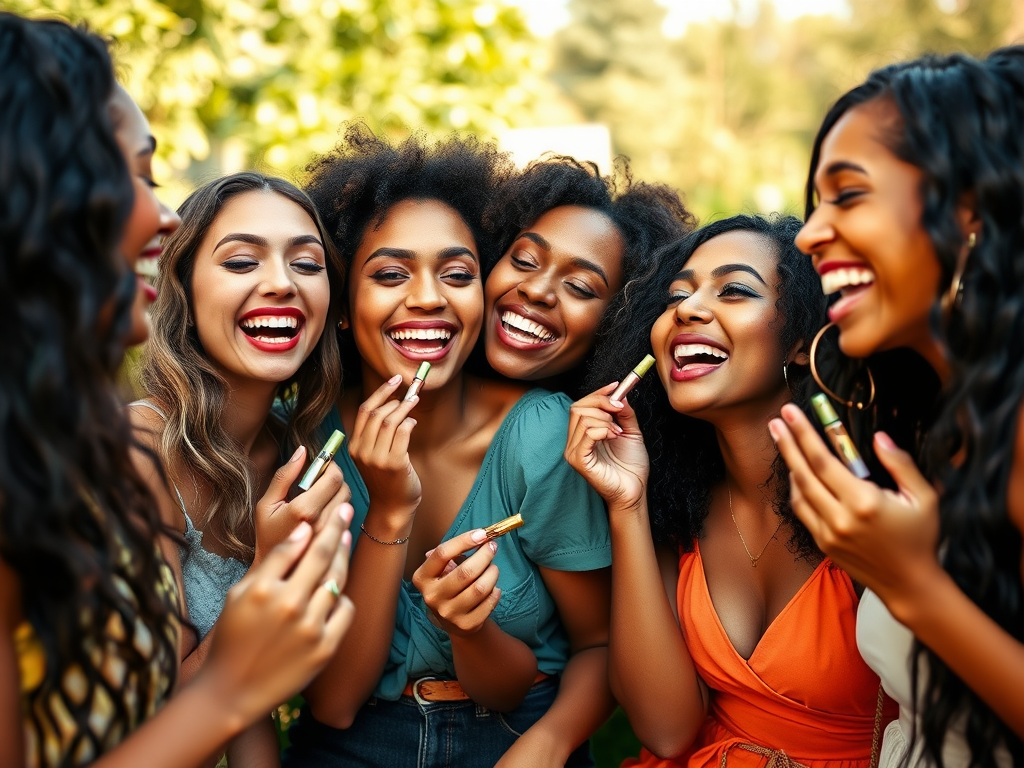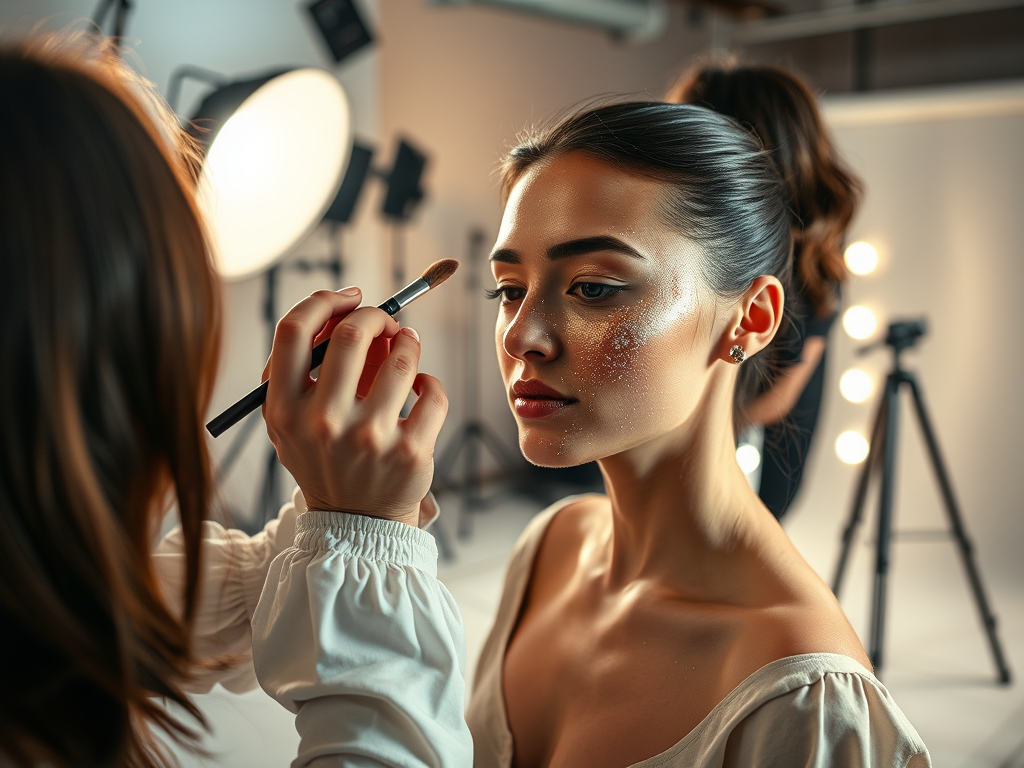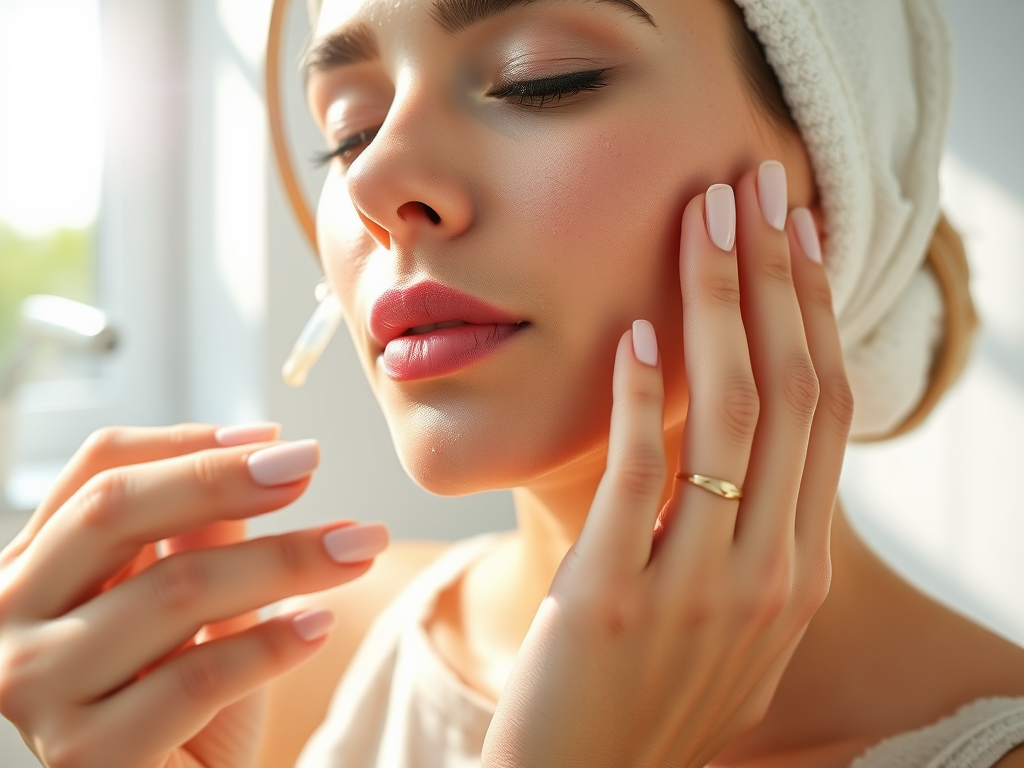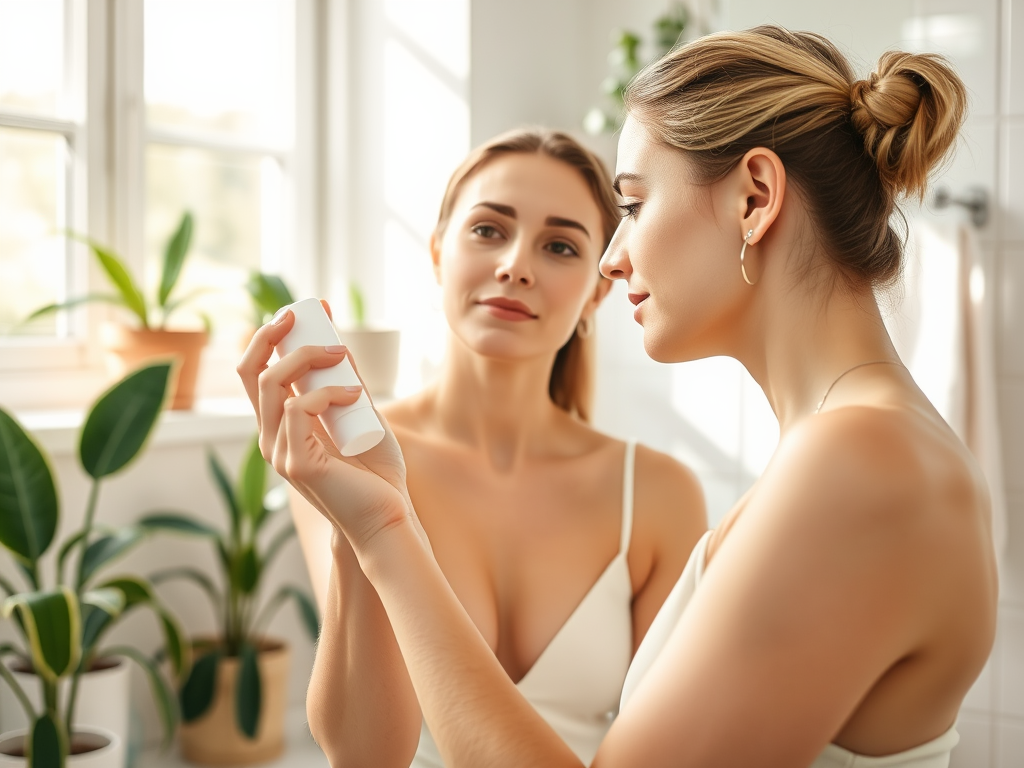Highlighter makeup has redefined beauty routines, allowing individuals to create striking, illuminated features that can turn heads and boost confidence. However, the journey to achieving that perfect glow is fraught with pitfalls that even seasoned makeup enthusiasts can encounter. These common mistakes not only lead to subpar results but can also diminish the empowering effect that highlighter can provide. With the right knowledge and techniques, you can elevate your application skills and make the most of this transformative cosmetic. In this article, we will delve into the frequent missteps when using highlighter makeup and how to steer clear of them, ensuring your skin radiates beauty without looking overdone.
Understanding Highlighter Makeup

Highlighter makeup, designed to emphasize certain facial features, is more than just an afterthought in your arsenal; it’s a powerful tool for sculpting and enhancing. From powders to creams, the variety in highlighter products allows for diverse finishes, whether you’re aiming for a subtle glow or a dramatic shimmer. However, it’s not just about applying any highlighter; it’s essential to master its art for flawless application. The points in this article will address the major mistakes many people make when applying highlighter, providing deeper insights into how to achieve that enviable glow. Furthermore, we’ll explore practical tips and techniques that not only tailor to individual skin types but also adapt to occasions and settings. With these strategies, you can ensure your highlighter enhances rather than detracts from your overall beauty.
Choosing the Wrong Shade

One of the first and most crucial steps in your highlighter journey is selecting the right shade. Many individuals gravitate towards the latest trends or stunning visuals without considering what complements their unique skin tones. The wrong choice can lead to an unnatural or stark contrast against your skin, which isn’t flattering and can overshadow your features instead of accentuating them. When choosing a shade that works for you, consider the undertones of your skin as the right shade can make a world of difference.
- Cool Undertones: Opt for highlighters with pink or silver undertones.
- Warm Undertones: Choose golden or peachy shades that bring warmth to your complexion.
- Neutral Undertones: Look for versatile shades like champagne that generally suit all skin tones.
Applying Too Much Product
Another frequent oversight when utilizing highlighter is the temptation to apply too much product. Overloading your application can create a shiny, greasy appearance rather than the desired luminous glow. The key to a radiant look lies in moderation. By maintaining a lighter hand and carefully building product placement, you can yield natural results. This method establishes a beautiful radiance that enhances your features without overpowering them. Remember, achieving a magnificent glow should feel effortless, so practice restraint and you will be rewarded with a stunning finish.
- Start Small: Begin with a pea-sized amount and gradually build up to achieve your desired intensity.
- Use the Right Tools: A fan brush or a damp sponge gives you control over the application process, helping distribute product evenly.
Incorrect Placement of Highlighter
Where you apply your highlighter can significantly alter your makeup aesthetics. Highlighting the wrong areas can make your features look subpar or disproportionate. Knowing which areas to target gives you the power to sculpt your face with precision. Traditional points of focus include the cheekbones, brow bone, and cupid’s bow—each strategically chosen to provide an overall balanced appearance. Applying highlighter to these areas can create a lifted look, enhancing symmetry and allure. Guide your application towards the points of your face that naturally catch light for a more harmonious glow.
| Area | Benefit |
|---|---|
| Cheekbones | Creates a lifted appearance |
| Brow Bone | Enhances eye shape and definition |
| Cupid’s Bow | Gives lips a fuller look |
Not Blending Properly
Proper blending is a crucial step often overlooked in highlighter application. Failure to blend well can result in harsh lines, drawing attention away from your features rather than enhancing them. The goal is a seamless transition that looks natural and beautifully luminous. Circular motions with a brush or sponge can help achieve that flawless finish. Always remember to keep blending until the transition is smooth, allowing for more cohesion between your highlighter and foundation. Blending also allows a better interplay of light and shadow, which is essential for achieving a 3D look in makeup.
- Utilize circular motions with your brush or sponge for smooth transitions.
- Employ a damp sponge for blending cream or liquid highlighters.
- Work your way from the highlighter, out towards the edges of your foundation for a natural appearance.
Ignoring Your Skin Type
Just like other makeup products, highlighters should be tailored to your skin type for the best results. Different skin types react differently to various formulations. For those with oily skin, cream or liquid highlighters can amplify shine, while those with dry skin might benefit from the dewiness offered by cream formulas that don’t accentuate dryness. Understanding your skin type can enhance how well the product wears throughout the day. For instance, powder highlighters typically suit oily skin types as they help absorb excess oil, while cream highlighters can hydrate and give a fresh glow to dry skin individuals. Pay attention to how your skin behaves and choose products accordingly; it can make a significant difference.
- Oily Skin: Choose a powder highlighter that minimizes shine.
- Dry Skin: Cream or liquid highlighters can provide a dewy finish without emphasizing dryness.
- Combination Skin: A balance of powder and cream can work well across varying skin areas.
Neglecting the Season or Occasion
Finally, one must consider the context in which they’re applying highlighter makeup. The intensity and style of highlighter should correspond to the season or specific occasion. For instance, during the day, you might want to project a natural, subtle glow, whereas an evening event may call for bolder, shimmery highlights that stand out under artificial light. Adapting your look not only showcases your makeup skills but also allows you to resonate with the atmosphere around you. By remaining flexible in your approach, you’ll ensure that your makeup complements both your outfit and the overall vibe, maximizing your aesthetic appeal.
- Daytime: Go for a subtle and natural glow that enhances your facial features without overwhelming.
- Evening: Opt for a more intense, shimmery highlighter that catches the light and creates a show-stopping effect.
Conclusion
Avoiding common mistakes associated with highlighter makeup can empower you to achieve a stunning, radiant complexion that enhances your features effortlessly. Understanding the importance of shade selection, application techniques, and blending can transform your approach to makeup. Not only will you save time and resources, but you will also elevate your confidence as you step out looking impeccably polished. Remember, makeup should enhance your beauty rather than conceal it; thus, proper technique and awareness can make all the difference. With a little bit of practice and experimentation, you’ll be well on your way to mastering the art of highlighter application.
Frequently Asked Questions
- What is highlighter makeup used for?
Highlighter is utilized to accentuate certain facial areas, creating a radiant and luminous effect. - Can highlighter be used on all skin types?
Yes, but it’s crucial to select the right formula based on whether your skin is oily, dry, or combination. - Is cream or powder highlighter better?
This depends on your skin type and the desired look; cream highlighters provide a dewy finish, while powders suit oily skin better. - How do I remove highlighter makeup?
Use a gentle makeup remover or cleansing oil followed by your regular cleanser to ensure thorough removal.



